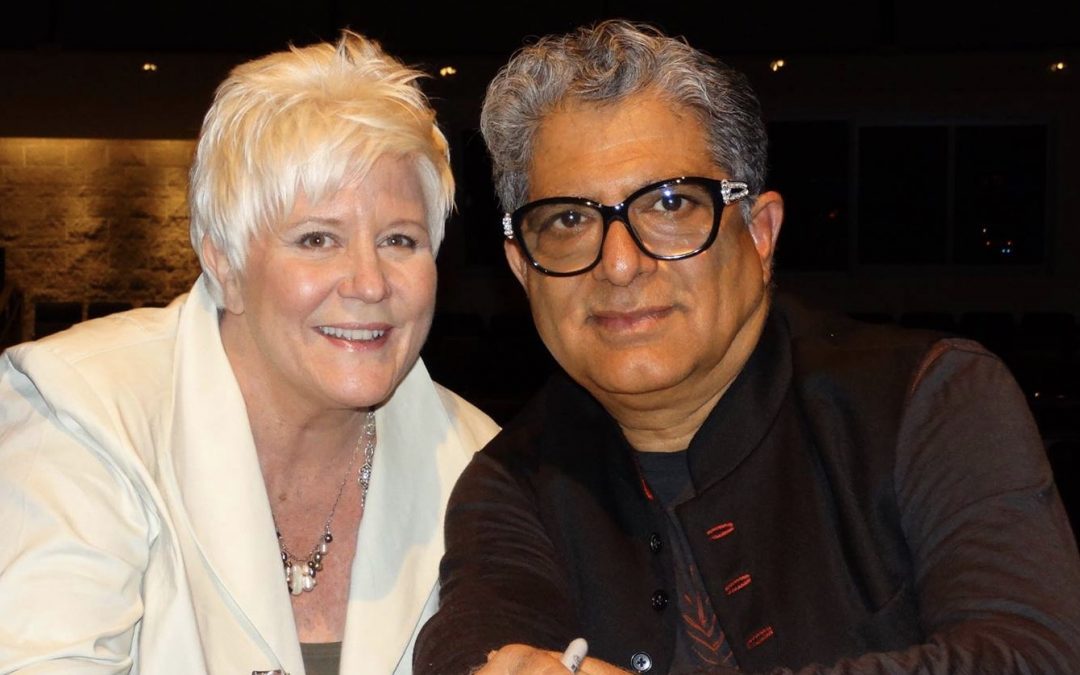Leaders do not need to be told what to do. If they can see their situation clearly and understand their options fully, most of the time they will make the best call. Helping someone see clearly and understand fully is a process, and it may not always be easy, but it’s always worth it. When I’m working with a client, and I see they’re so close, it’s sometimes tempting to crack and just give them the answer. And that’s most often a bad idea.
As coaches, when we give someone a solution, we’re not basing that advice on their specific situation. We’re basing it on something we’ve seen work before for someone else. Similar advice might be a great idea in this situation too. However, it may not be the best solution for that leader; because, no matter how similar something might look on the surface, every scenario is different … and it’s in the process of digging deeper to reveal that nuance where we find the difference between a good answer and the best answer.
The Power of Good Questions
How do we reveal that nuance and find the best answer? We begin with asking good questions. This is a process, and it requires engagement from both sides. If the coach and the client are not both on board, the process that creates the best answers breaks down.
One of the easiest ways to get stuck is to assume what’s coming next. As leaders, it’s natural to want to know where something is headed. We’re goal-oriented people who keep the end in mind. Those are good things. However, in this kind of conversation, trying to figure out where someone is going becomes a distraction. If the coach and the client can commit to engaging in a constructive back and forth, letting the conversation go wherever it might lead, we arrive at breakthrough together.
You may be familiar with this sort of conversational style, sometimes called Socratic dialogue. By taking this approach – and by resisting the urge to just tell people what we think they should do – leaders see for themselves where they’re stuck. Once we see what’s holding us back, we have a choice to make. Will I continue to be stuck, or will I shift my thinking in a way that leads to freedom? Time and again, I’ve seen leaders choose to make that shift, creating breakthrough for them and inspiration for their team.
When I’m working with a leader, the questions don’t stop at that first level of breakthrough. If we’re fully engaged in the process together, we create a series of questions that lead to even better questions leading to ongoing breakthrough and continual growth.
How Questions Guide the Process
Another important aspect of my approach to coaching is the understanding of process. Leadership is not about “getting there,” it’s about continual growth. The moment you decide “I’ve arrived,” you put a lid on your potential, as well as the level of success your team can achieve.
This happens in coaching, too, when we stop asking questions and start trying to offer solutions. At that point, we’ve stopped really listening, and that shuts the exchange down cold. That’s easy to do, especially when we’re focused on what someone is saying and not who they’re being. That’s a vital distinction. When we focus on what someone is saying, we spend a lot of our time trying to interpret what we think they “really mean.” However, when we focus on who that person is being—the why part of what they’re saying—we catch the deeper meaning without stirring in our own assumptions.
To learn more about my coaching, click here.
Asking questions, rather than making statements or offering solutions, allows the coach and the client to connect on a deeper level. This, for me, leads to more effective coaching. For my clients, this reveals where they’re stuck and how they may break free.
Most important, they come to those answers on their own … and that brings us right back to the main point. Leaders don’t need to be told what to do. We need to be guided around or through the things that get us stuck, so we see the solutions for ourselves.
How have good questions helped you find the answers that led to success in your life or work? Share your thoughts in the comments below.

How one small shift can cause a breakthrough: A Case Study
Communication problems are one of the greatest causes of poor morale, lack of productivity and failure with any team. When a leader models intentional listening, that shift will inspire their team to follow that lead, increasing that team’s capacity for success with...

How Autocratic Leaders Kill Communication: A Case Study
Good leaders understand the necessity of healthy lines of communication with their team. Sometimes, though, we get in our own way, stifling what might otherwise be a dynamic environment. Why does this happen, and how would a shift in thinking lead to better...

My Friend Deepak: A story about lost opportunities and second chances
All of us have disappointed ourselves, fallen short of a goal or made a promise we didn’t keep. While we all need to do our best to walk in integrity, sometimes we are too slow to let go of our failures. Too slow to set them down and carry only the lessons learned...

From autocrat to influencer: making the shift
As a leader, is it more important to get things done, or to develop a group of people who get things done? Our initial answer to this question says a lot about which method of leadership we tend to prefer: autocratic or influential. In a previous article, we looked at...
No Results Found
The page you requested could not be found. Try refining your search, or use the navigation above to locate the post.


0 Comments